WESTERN ART HISTORY MIDTERM
1/30
Earn XP
Description and Tags
#LOCKED #I'VEGOTTHIS
Name | Mastery | Learn | Test | Matching | Spaced |
|---|
No study sessions yet.
31 Terms
Tronie
portrait-like representations of recognizable social types, often with very animated and even exaggerated expressions.
Genre Painting
representations of modern-day life featuring familiar but ultimately anonymous characters. They became more popular with privatization of the art-marking process.
Vanitas Still Life
paintings in which the pleasures of the material world, like ripe fruits, are evoked only as a reminder of their impermanence.
Transubstantiation
the doctrine according to which Catholics believe that during the ritual of Communion the water and wine are not simply symbolic of the body and blood of Christ but that they become simply symbolic of the body and blood of Christ but that they become these substances themselves.
Sprezzatura
Italian word for nonchalance. This is used a lot in Raphael’s paintings especially of women. The figures in Raphael’s painting are often described by this sense of effortlessness.
Sfumato
Italian word for smoky, and it can be seen in Leonardo’s paintings in which figures are partially veiled by an atmosphere of smokiness that softens the transition from light to dark and blurs the contours of their faces.a
Iconography
Iconography describes an artwork’s subject-matter. During the Renaissance, paintings often included complex subject-matters, or iconographies, that scholars continue to debate how to interpret today.
Caravaggisti
Followers of Caravaggio. The artists influenced by Caravaggio, like Gentileschi, are referred to as the Caravaggisti.
Tenebrism
Tenebrism describes the dramatic contrasts of light and shade in a painting. Carvaggio’s paintings, in particular, are characterized by their tenebrism, or radically uneven system of illumination that picks out disparate elements of the composition, while leaving others in almost impenetrable darkness
Iconoclasm
Iconoclasm describes the ritualistic destruction of religious art. Protestant suspicion of imagery led to waves of iconoclasm across Northern Europe over the course of the 16th century,
Contrapposto
Contrapposto describes the disposition of the human figure in which one part is turned in opposition to another part (usually hips and legs one way, shoulders and chest in another), creating a counter-positioning of the body about its central axis. which creates tensions on one side and relaxation on the other. Normally done to look graceful.
Paragone
Italian word for comparison. It describes the debate over the relative superiority of painting versus sculpture during the Italian Renaissance.
Impasto
Italian word for paste. Rembrandt's pictures are clotted and encrusted with paint, almost as if he is sculpting out of paint.
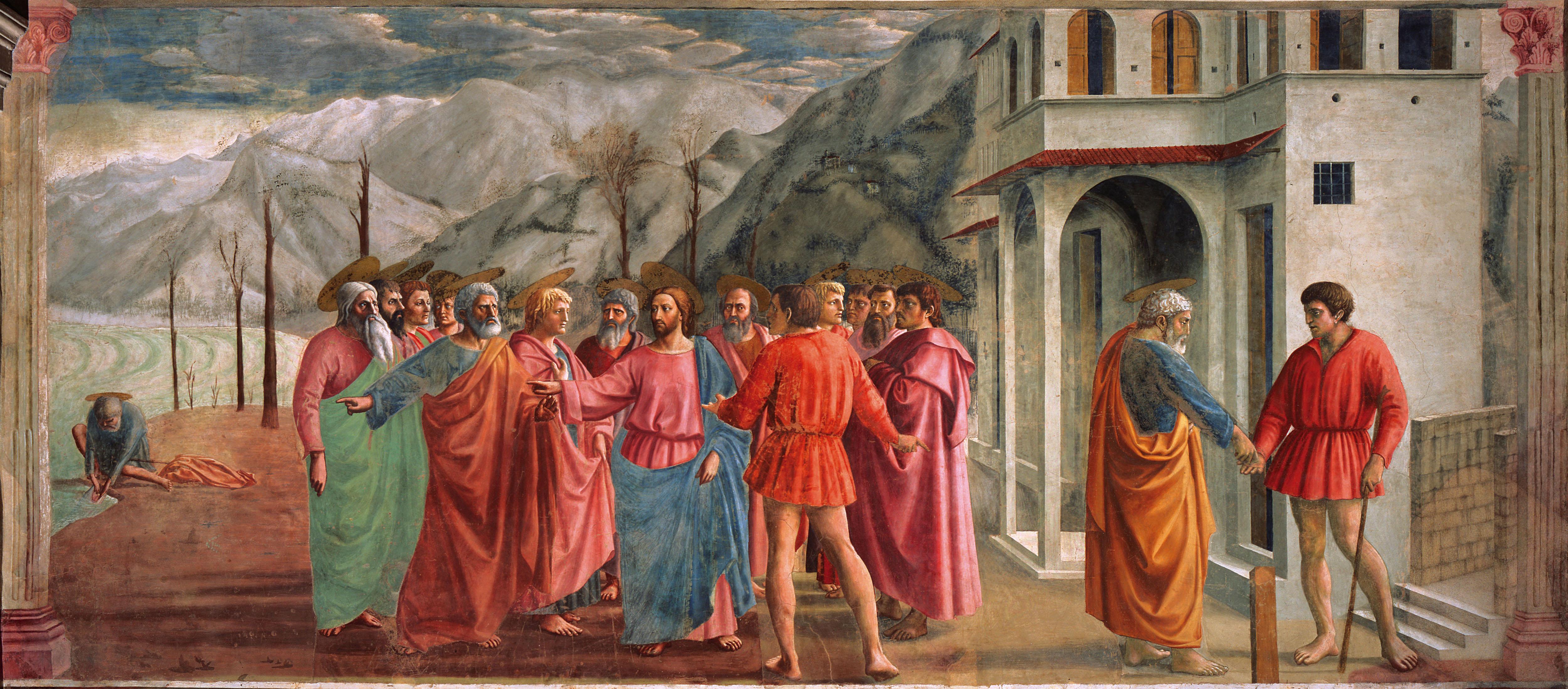
The Tribute Money - Masaccio (Italian, 15th Century/ Early Renaissance)
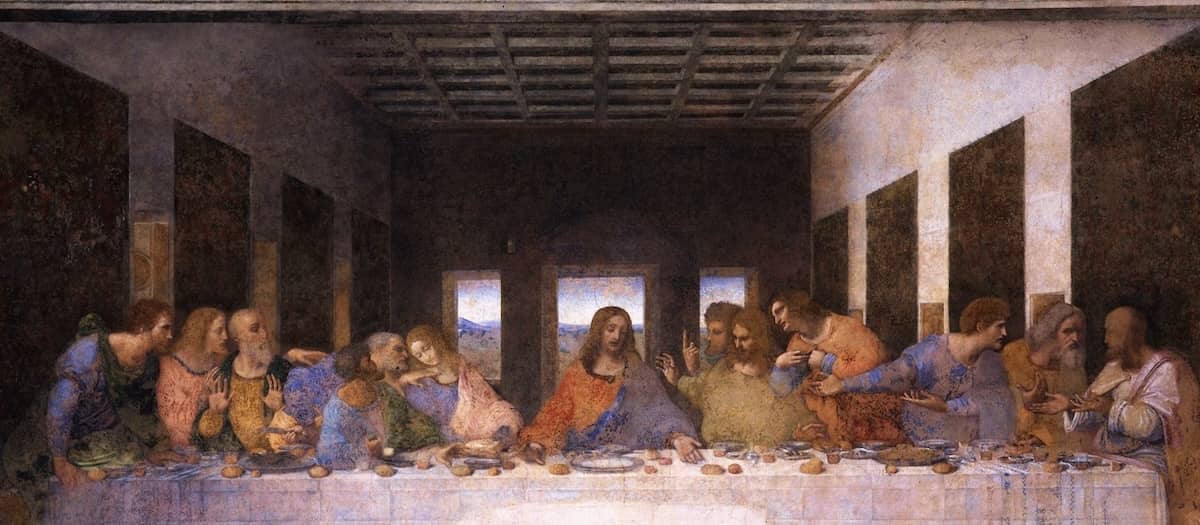
The Last Supper - Leonardo da Vinci (Italian, 15th-16th Century/ High Renaissance)
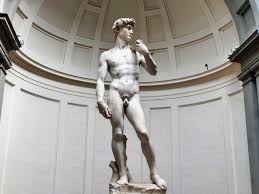
David - Michelangelo (Italian, 16th Century/ High Renaissance)
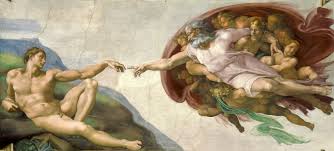
Creation of Adam - Michelangelo (Italian 16th Century/ High Renaissance)
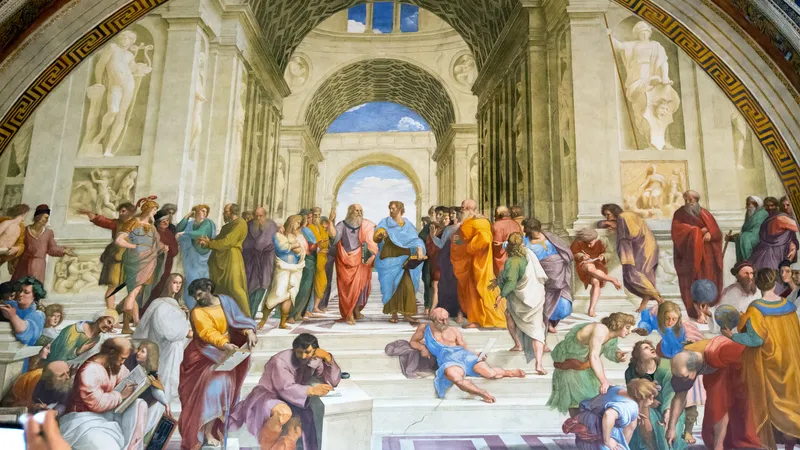
*IMPORANT*
School of Athens - Raphael (Italian, 16th Century/ High Renaissance)
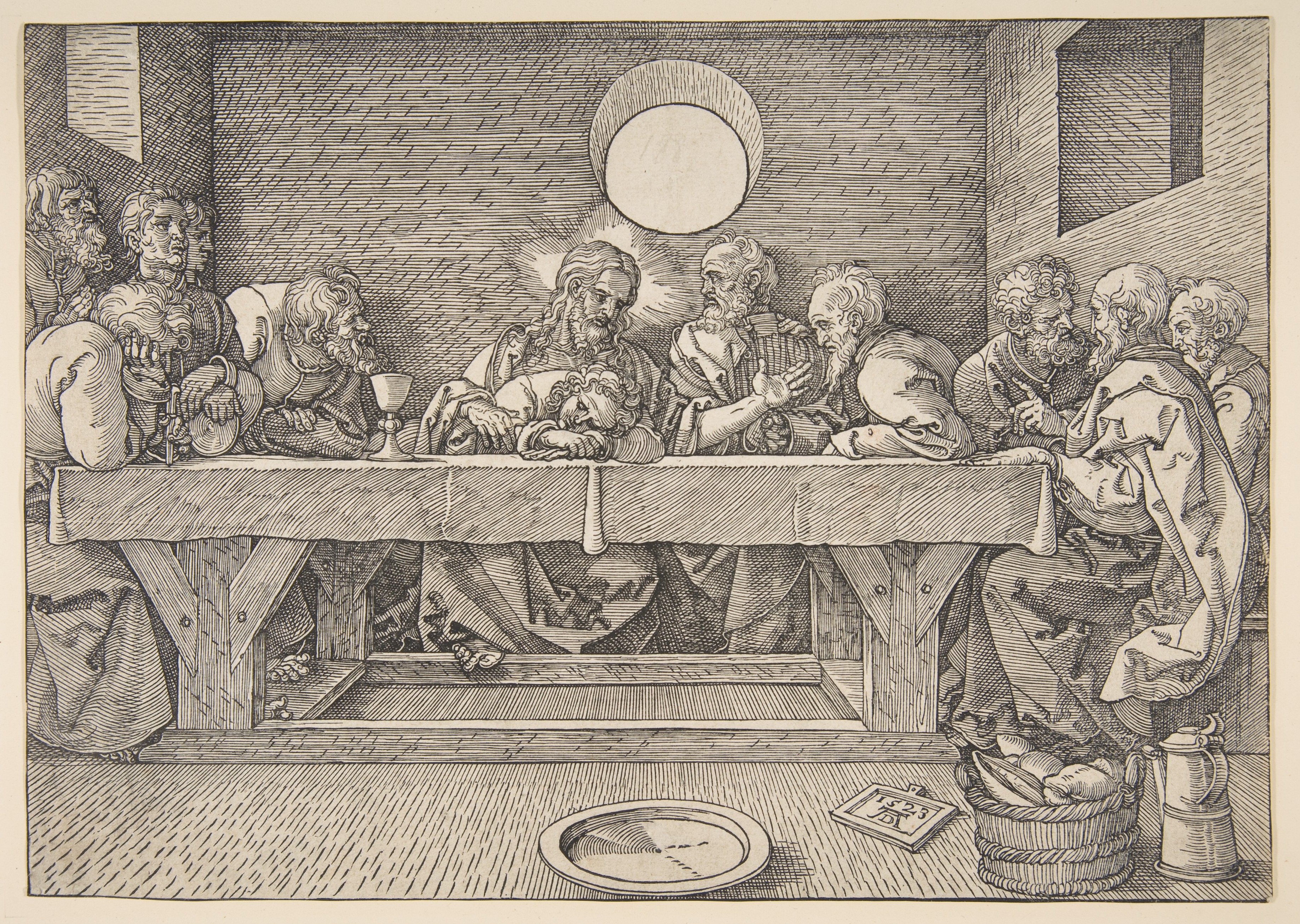
The Last Supper - Dürer (German, 16th Century/ Northern Renaissance) *Protestant
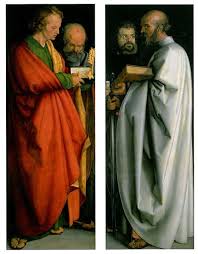
Four Apostles (4 Holy Men) - Dürer (German, 16th Century/ Northern Renaissance)
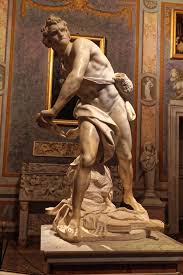
David - Bernini (Italian 17th Century/ Baroque)
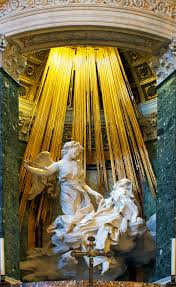
Ecstasy of Saint Teresa - Bernini (Italian 17th Century/ Baroque)
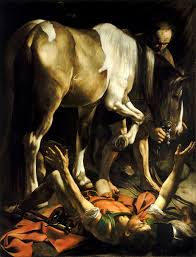
Conversion of Saint Paul - Caravaggio (Italian 17th Century/ Baroque)
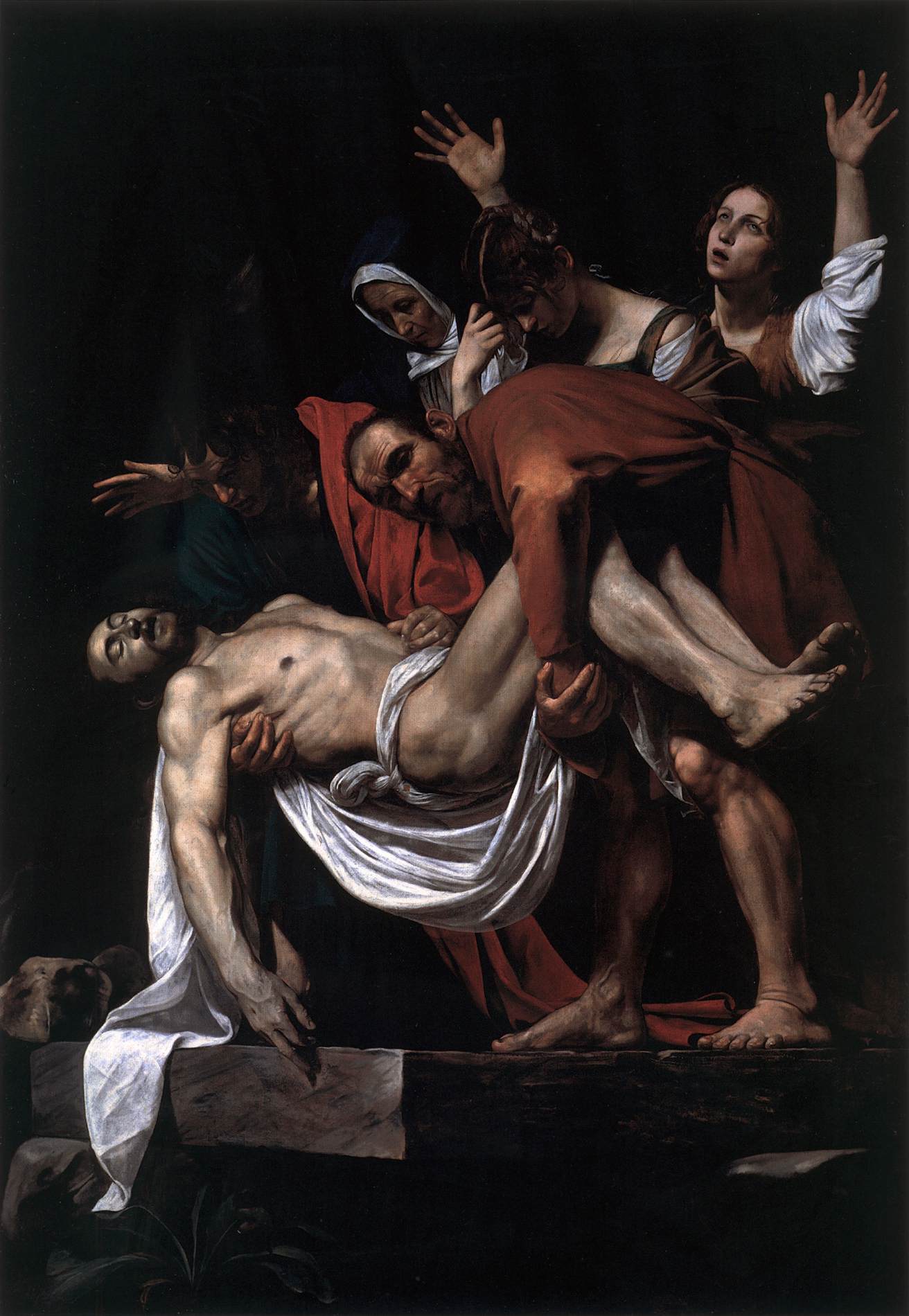
Entombment - Caravaggio (Italian 17th Century/ Baroque)
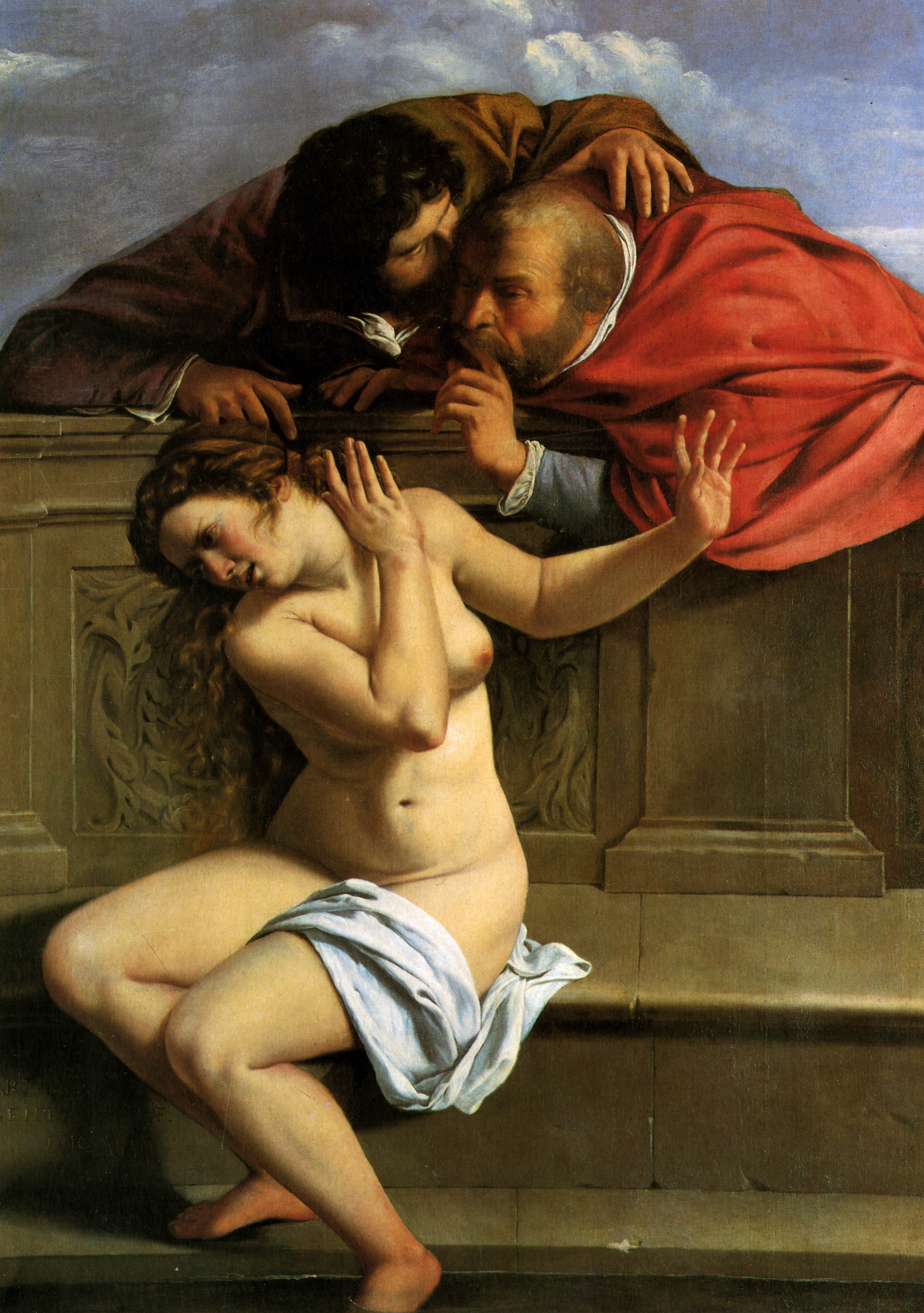
Susanna and the Elders - Gentileschi (Italian 17th, Century/ Baroque)
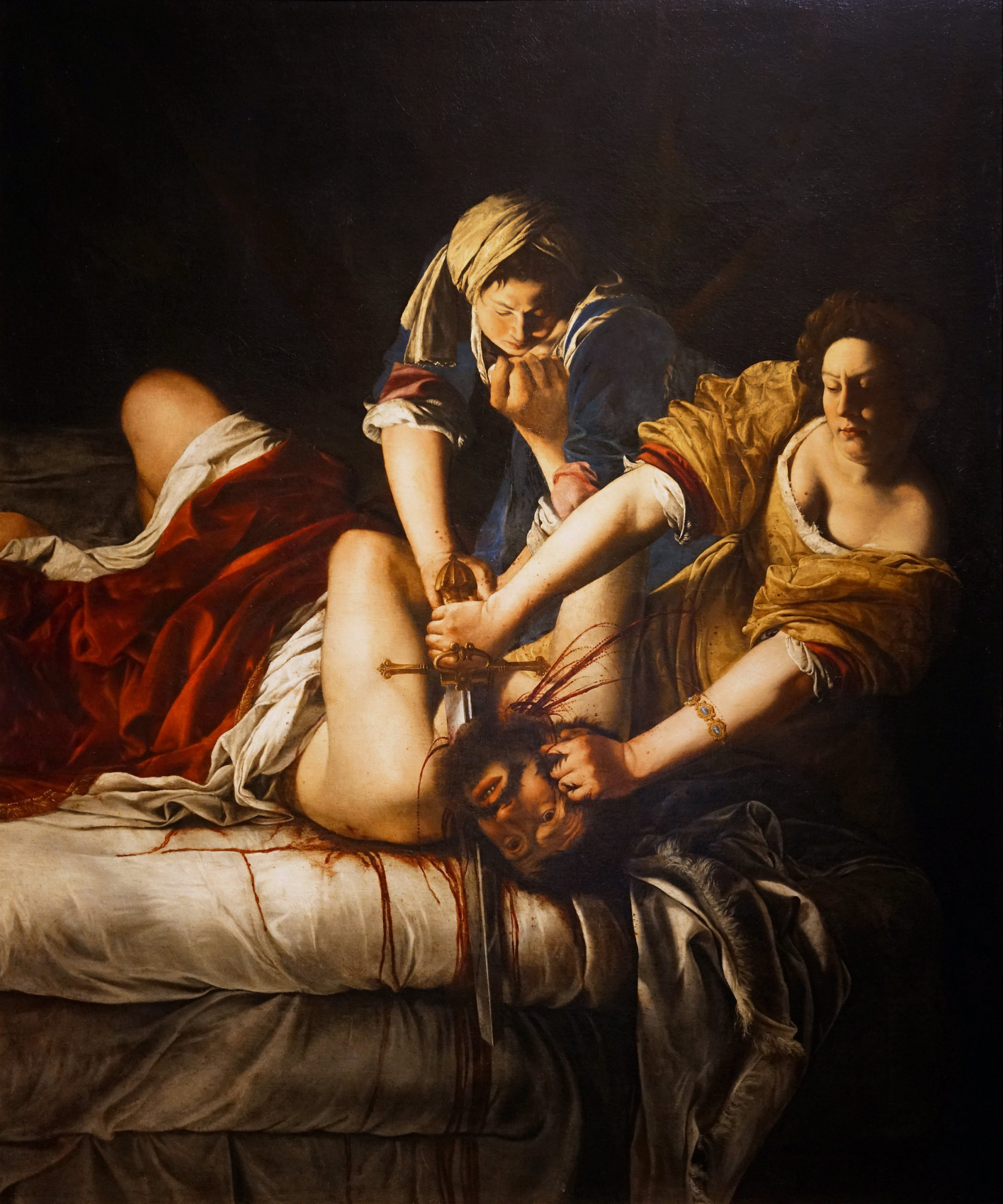
Judith Slaying Holofernes - Gentileschi (Italian 17th, Century/ Baroque)
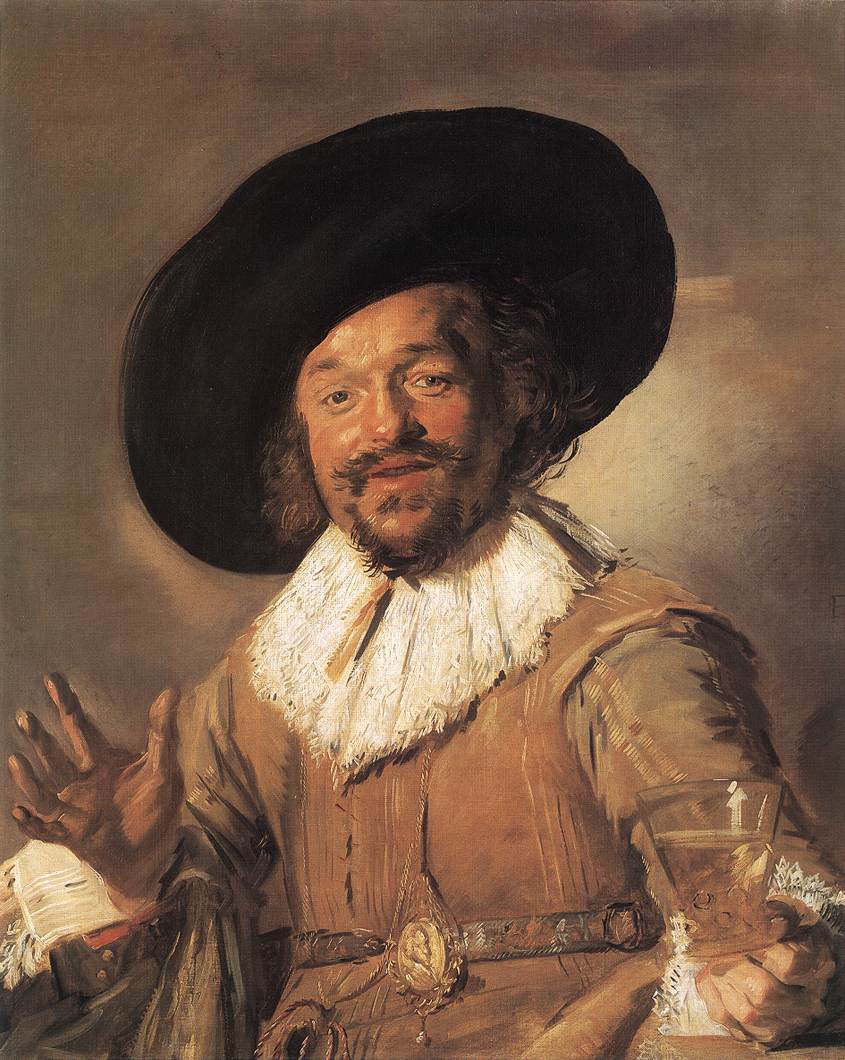
The Merry Drinker - Hals (Dutch 17th Century/ Baroque)
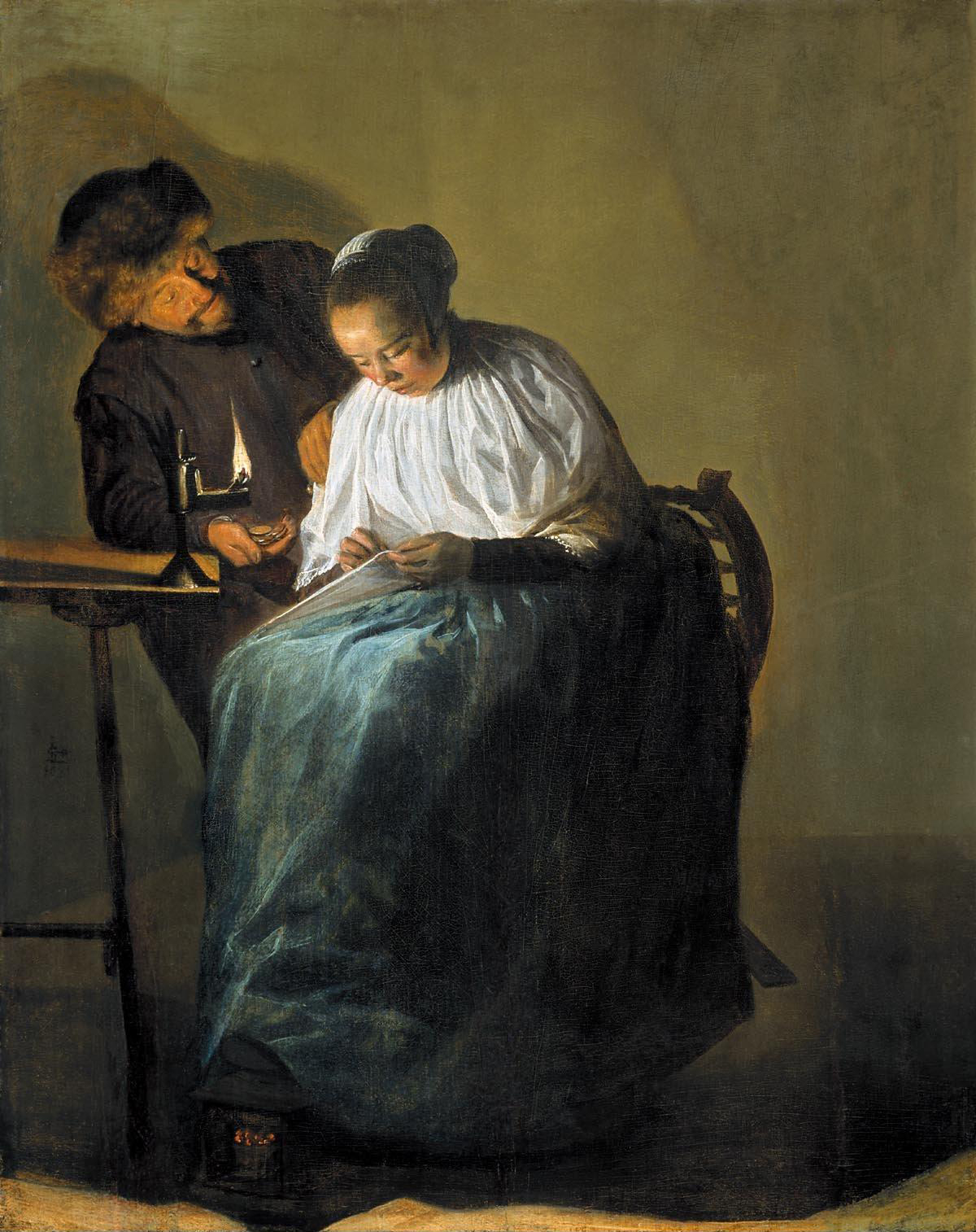
The Proposition - Leyster (Dutch 17th, Century/Baroque)
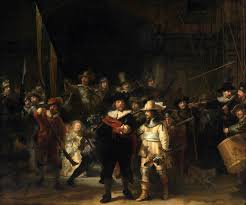
The Night Watch - Rembrandt (Dutch, 17th, Century/ Baroque)
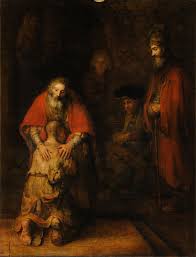
The Return of the Prodigal Son - Rembrandt (Dutch, 17th, Century/ Baroque)
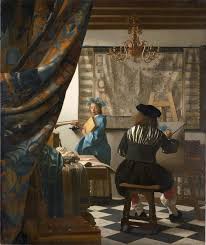
The Art of Painting - Varmeer (Dutch, 17th Century/ Baroque)